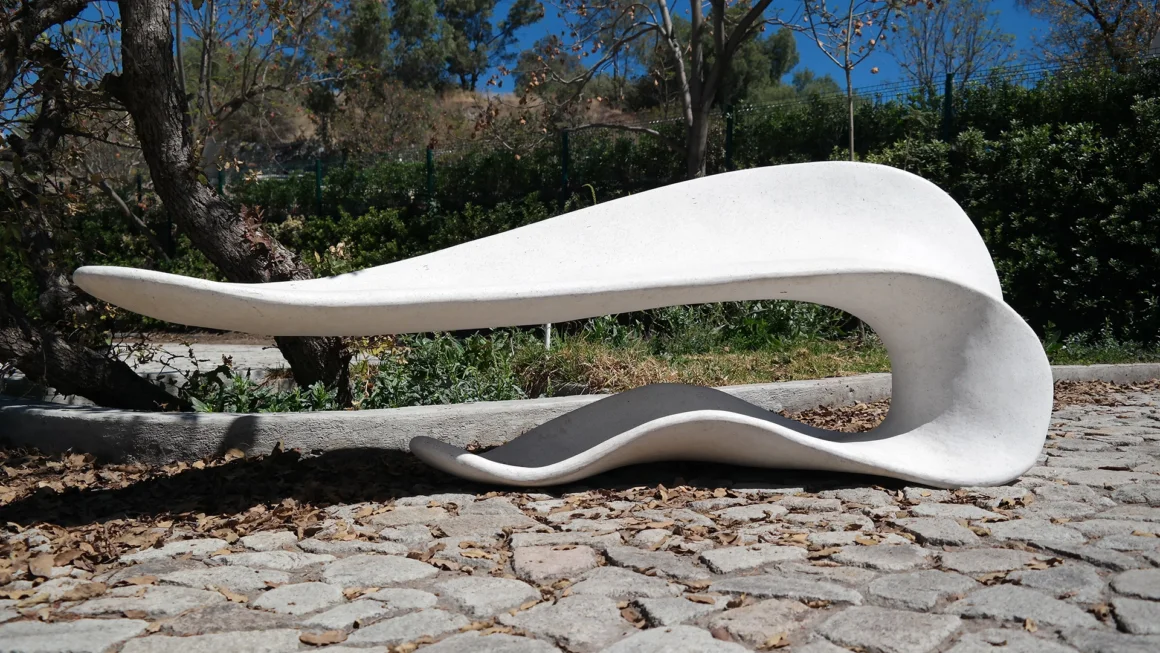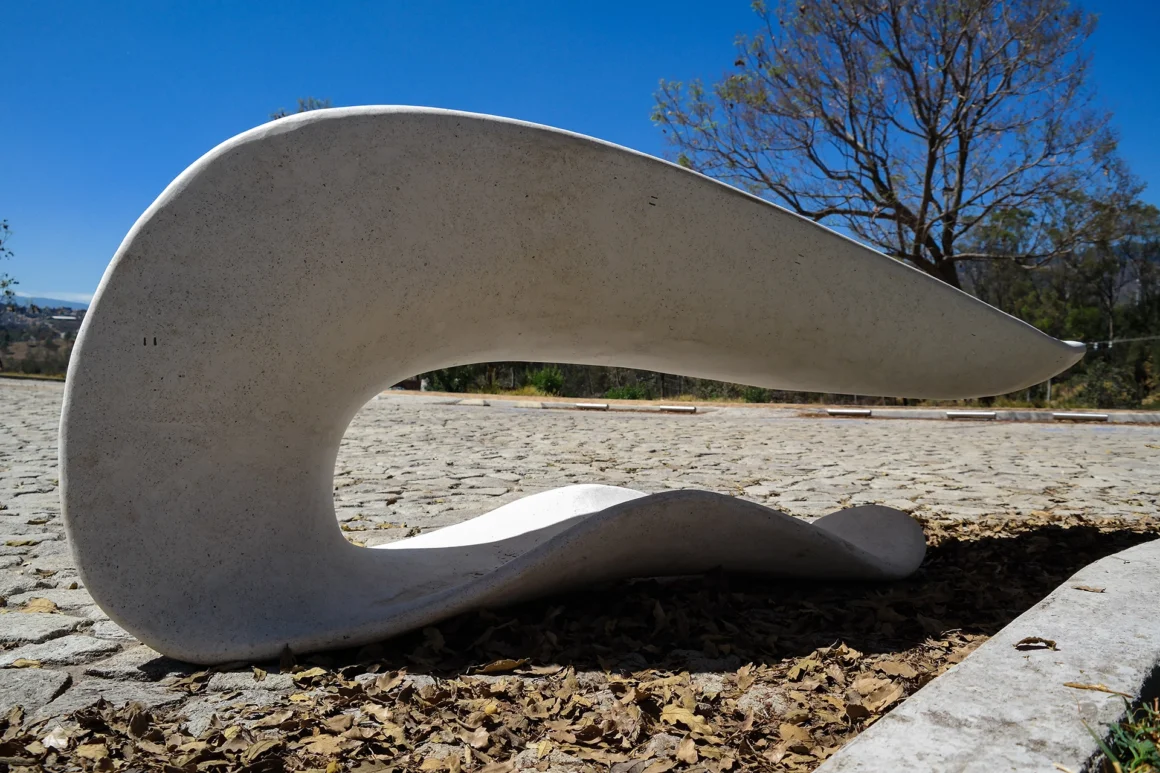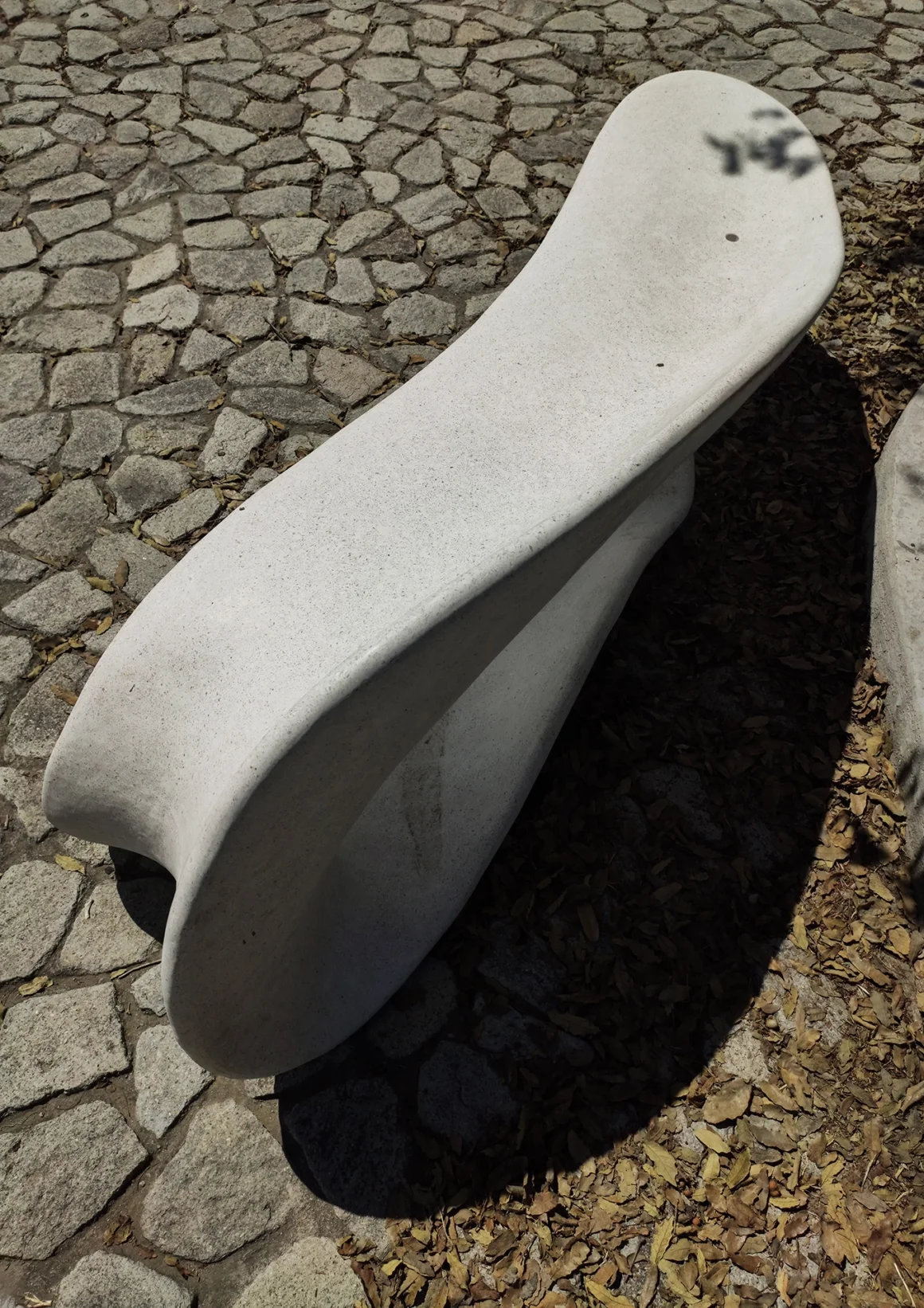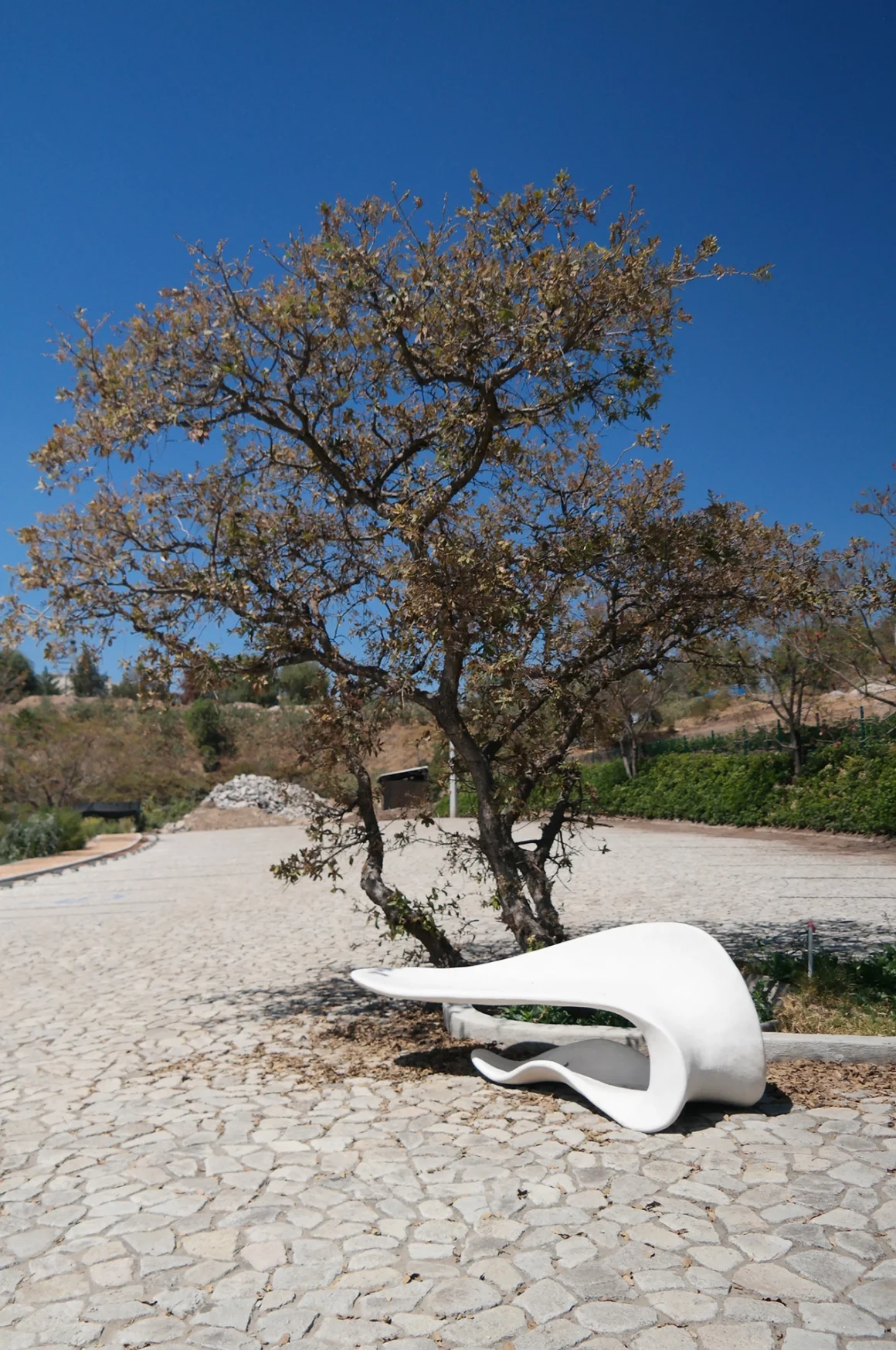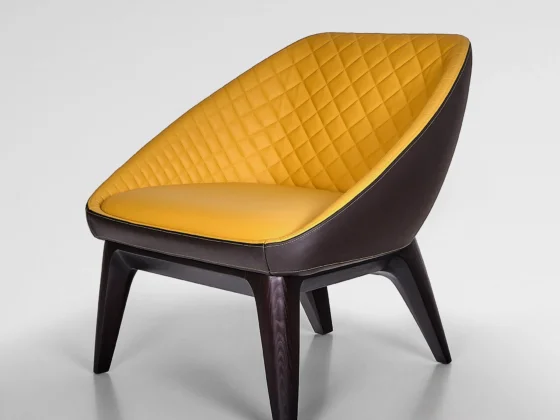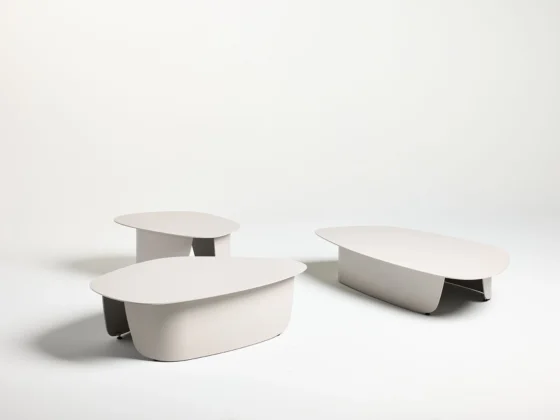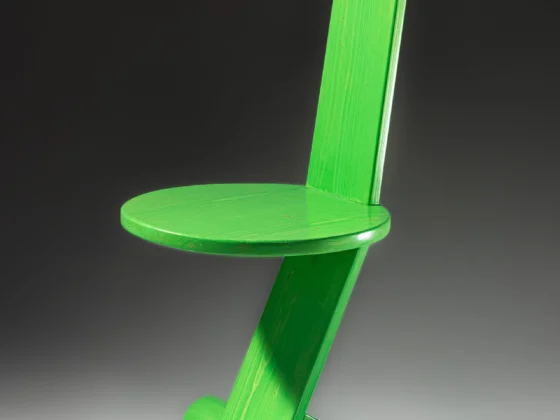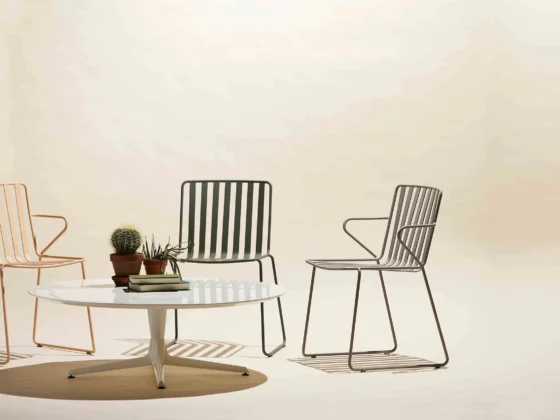PD25 Winner
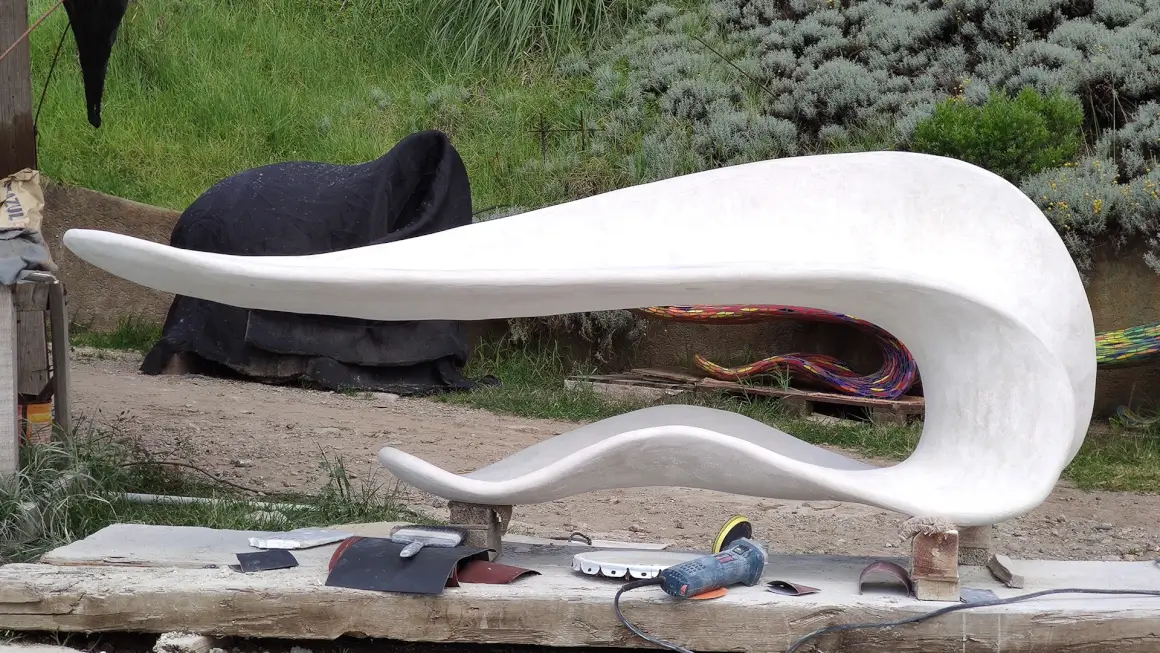
Category: Furniture - Seating
Location: Naucalpan, Quintana Roo, Mexico
Designers: Javier Senosian and Alejandra Castañeda, Javier Senosiain
Arquitectos, México City, Mexico
Manufacturer: Escofet Mexico, Chetumal, Mexico and Escofet 1886 S.A.,
Martorell Barcelona, Spain
Photographers: Alejandra Castañeda
Inspired from the volumetry of the Casar de Cáceres bus station in Spain, a 1982 work by Jesús García Rubio, a highly expressive sculpture featuring undulating forms created from a thin sheet of concrete that curves and folds upon itself.
The designer played with clay and wire to understand its structural principles and interpret them in the design of an urban bench that was originally intended exclusively for Quetzalcóatl Park in Naucalpan, Mexico.
Using double-curved curves that were shifted where they were most needed, a two-meter span was bridged without intermediate supports.
Initially, it was made of ferrocement, for which the patterns for each rod and bracket were prepared using 3D software to reproduce it many times over, optimizing costs and reducing the time it took to complete on-site.
Then, a second version of the bench was considered, but this time using a prefabricated construction process. A prototype was created with a thickness of 2.5 cm.
The bench was built using Escofet’s Slimconcrete®, a concrete that incorporates inorganic glass fibers in the mass, as well as aggregates in different colors, achieving a resistance to compression, flexotraction, and impact three times greater than conventional concrete, allowing the creation of thin elements like this bench and achieving a weight less than half that of the first version.
